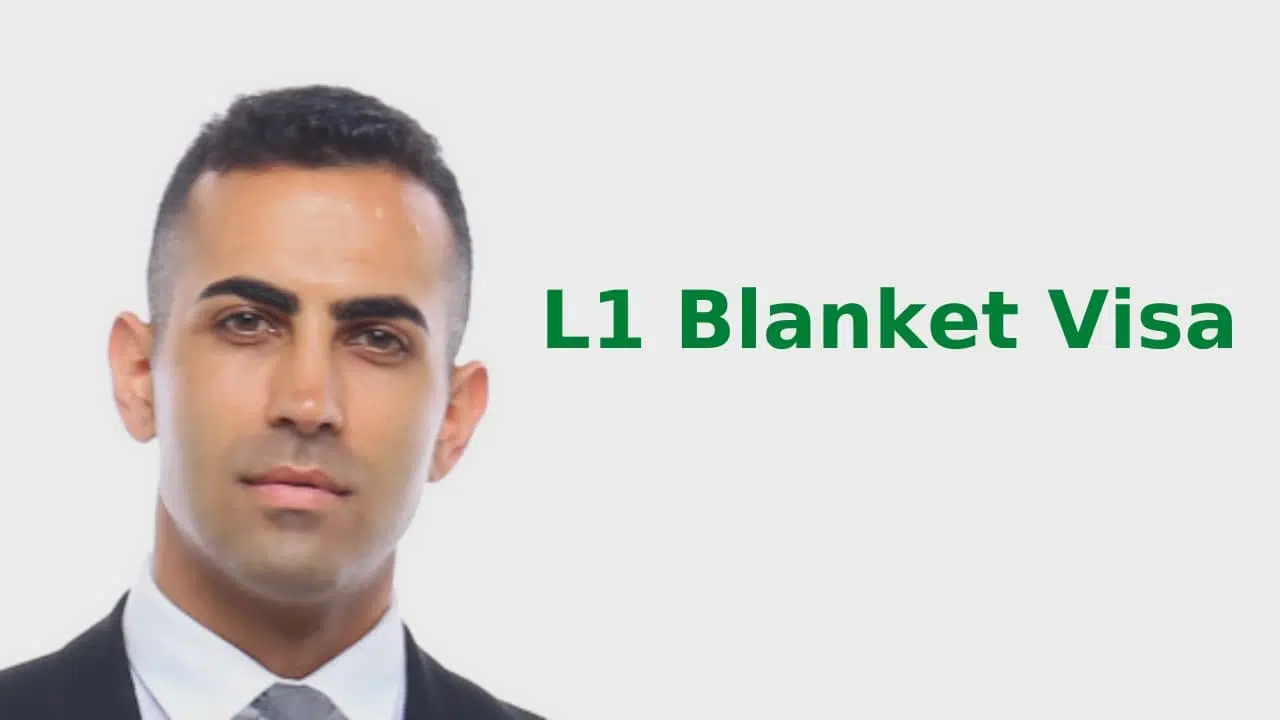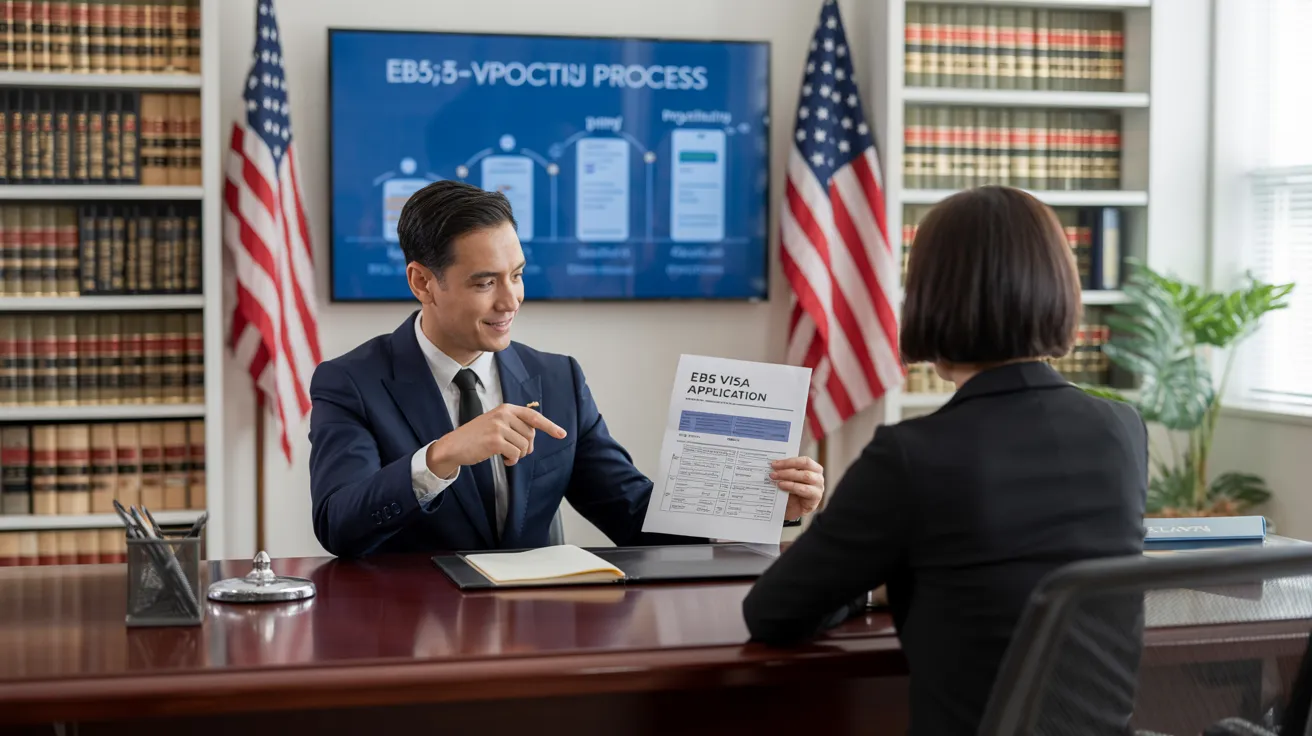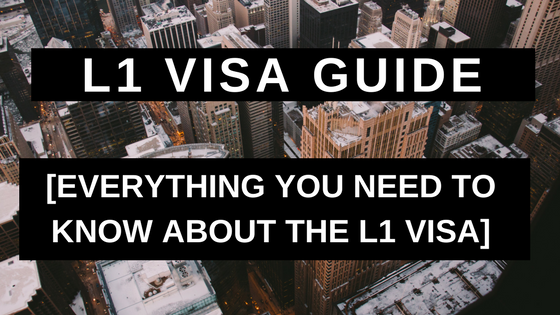Everything about L1 Visa
Table of ContentsThe Definitive Guide for L1 VisaThe Only Guide to L1 VisaThe 9-Minute Rule for L1 VisaThe 6-Minute Rule for L1 VisaThe 25-Second Trick For L1 VisaThe Best Strategy To Use For L1 Visa
Available from ProQuest Dissertations & Theses International; Social Science Costs Collection. (2074816399). (PDF). Congress. (PDF). DHS Workplace of the Assessor General. (PDF). (PDF). "Nonimmigrant Visa Data". Obtained 2023-03-26. Division of Homeland Security Workplace of the Examiner General, "Review of Susceptabilities and Prospective Abuses of the L-1 Visa Program," "A Mainframe-Size Visa Loophole".
United State Department of State. Obtained 2023-02-08. Tamen, Joan Fleischer (August 10, 2013).
The smart Trick of L1 Visa That Nobody is Discussing
In order to be eligible for the L-1 visa, the foreign firm abroad where the Recipient was employed and the united state firm must have a qualifying connection at the time of the transfer. The different kinds of certifying partnerships are: 1. Parent-Subsidiary: The Parent suggests a firm, firm, or other legal entity which has subsidiaries that it owns and regulates."Subsidiary" implies a firm, firm, or various other lawful entity of which a moms and dad owns, straight or indirectly, greater than 50% of the entity, OR possesses less than 50% however has monitoring control of the entity.
Instance 1: Business A is incorporated in France and utilizes the Beneficiary. Firm B is incorporated in the U.S. and wants to petition the Beneficiary. Company An owns 100% of the shares of Business B.Company A is the Moms And Dad and Firm B is a subsidiary. There is a qualifying connection between the two firms and Firm B should be able to fund the Beneficiary.
Example 2: Business A is incorporated in the U - L1 Visa.S. and desires to request the Recipient. Firm B is incorporated in Indonesia and uses the Beneficiary. Business A has 40% of Firm B. The staying 60% is possessed and controlled by Business C, which has no relationship to Business A.Since Company A and B do not have a parent-subsidiary partnership, Company A can not fund the Beneficiary for L-1.
Example 3: Company A is incorporated in the united state and wishes to petition the Beneficiary. Company B is incorporated in Indonesia and uses the Beneficiary. Company A possesses 40% of Company B. The remaining 60% is had by Firm C, which has no connection to Firm A. However, Firm A, by formal contract, controls and full takes care of Firm B.Since Firm A possesses less than 50% of Company B however handles and regulates the business, there is a qualifying parent-subsidiary connection and Business A can fund the Recipient for L-1.
The Basic Principles Of L1 Visa
Company B is included in the United state
What Does L1 Visa Do?

The L-1 visa is an employment-based visa classification established by Congress in 1970, permitting international firms to move their managers, executives, or vital employees to their united state procedures. It is generally referred to as the intracompany transferee visa. There are two main kinds of L-1 visas: L-1A and L-1B. These types are ideal for workers worked with in various settings within a firm.

In addition, the recipient should have operated in a supervisory, exec, or specialized employee setting for one year within the 3 years coming before the L-1A application in the international business. For new workplace applications, international work must have remained in a supervisory or executive capacity if the beneficiary is pertaining to the United States to work as a supervisor or executive.
Some Known Factual Statements About L1 Visa

If provided for an U.S. firm operational for more than one year, the preliminary L-1B visa is for as much as three years and can be extended for an extra 2 years (L1 Visa). On the other hand, if the united state company is recently developed or has been operational for less than one year, the first L-1B visa is issued for one year, with extensions available in two-year increments
The L-1 visa is an employment-based visa classification developed by Congress in 1970, permitting international business to transfer their supervisors, execs, or essential employees to their united state operations. It is generally described as the intracompany transferee visa. There are two main sorts of L-1 visas: L-1A and L-1B. These types appropriate L1 Visa requirements for employees hired in various settings within a firm.
The Facts About L1 Visa Revealed
Additionally, the beneficiary should have operated in a managerial, executive, or specialized worker position for one year within the 3 years preceding the L-1A application in the foreign business. For new office applications, foreign work needs to have remained in a managerial or executive capability if the beneficiary is concerning the United States to work as a manager or exec.
for approximately seven years to manage the procedures of the united state associate as an executive or supervisor. If provided for a united state business that has been functional for greater than one year, the L-1A visa is initially approved for as much as three years and can be prolonged in two-year increments.
If given for a united state business operational for even more than one year, the initial L-1B visa is for approximately 3 years and can be prolonged L1 Visa guide for an additional 2 years. Alternatively, if the united state company is freshly established or has been operational for less than one year, the initial L-1B visa is provided for one year, with expansions offered in two-year increments.